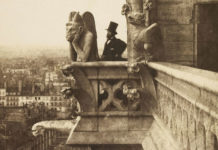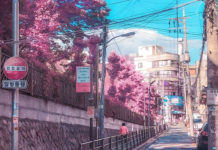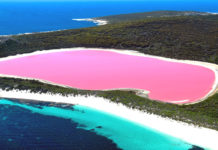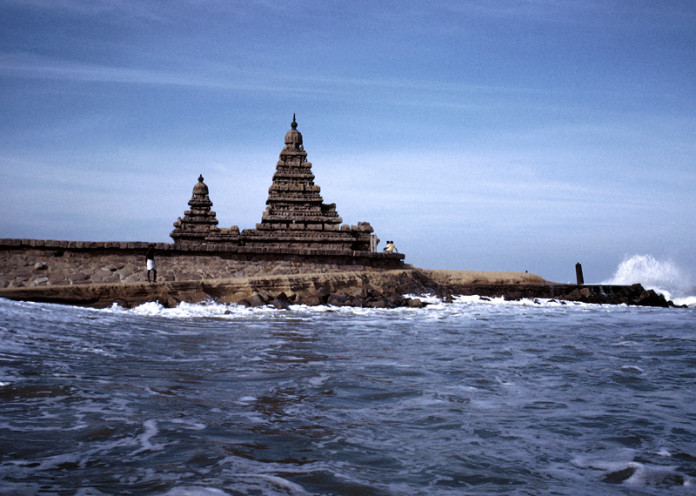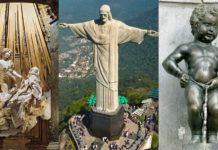The Shore Temple (built in 700–728 AD) is so named because it was built on the shore of the Bay of Bengal. Mahabalipuram is located In Tamil Nadu, 57 kilo meters from the capital city Chennai. When the Tsunami of December 2004 hit the temple with force, around 1300 year old construction sustained even after with same strength. Tsunami hit all the major constructions and huge buildings vigorously.
Shore temple is a complex of three temples, one large and two small, located right on the shores of the Coromandel Coast of the Bay of Bengal in Mahabalipuram, which was earlier known as Mamallapuram. During the Pallava Dynasty reign this was a popular port city of their kingdom which they ruled from Kanchipuram.
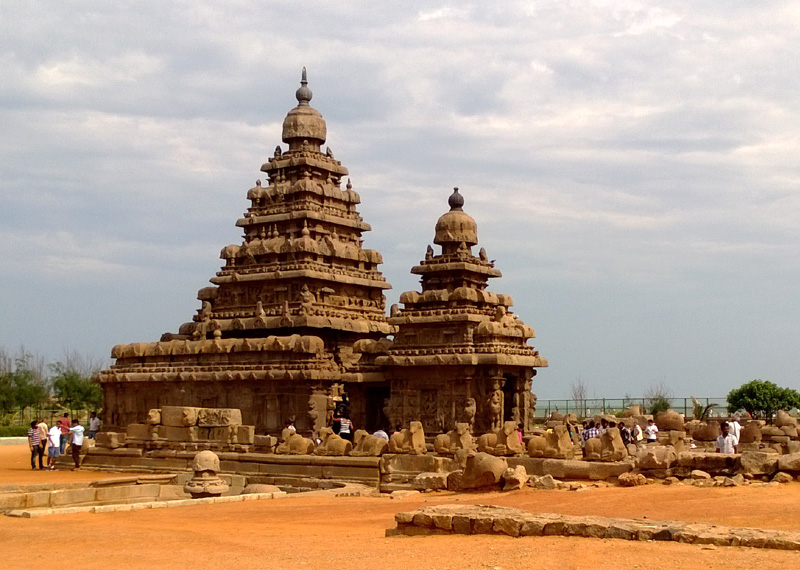
This structural temple complex was the culmination of the architectural constructions that were initiated by the King Narasimha Varma I (popularly called as Mahamalla or Mammalla) after whom the Mamallapuram town is named, in mid 7th century starting with the Cave temples and the monolithic Rathas
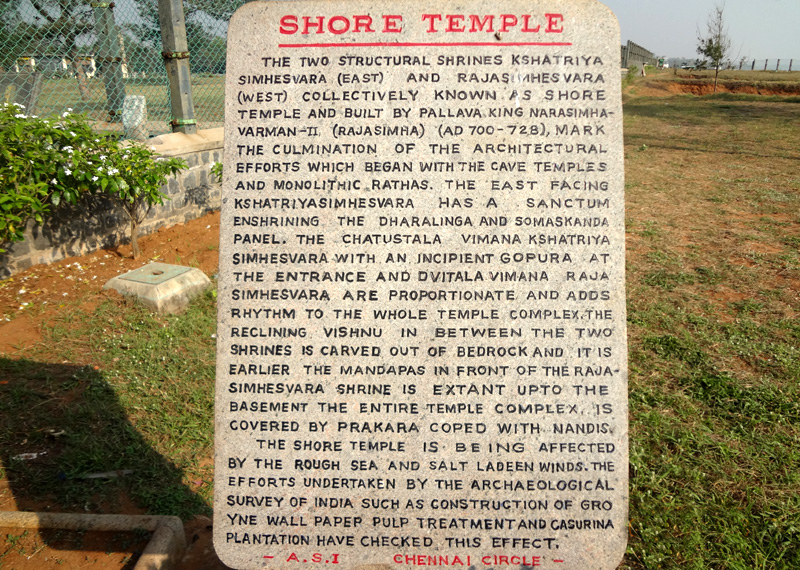
After tsunami some other stone constructions also appeared near the Shiva temple. This has revived the speculation that Mahabalipuram was a part of the Seven Pagodas as described in the diaries of Europeans, and six temples might have submerged in the sea in the past. The Tsunami also exposed some ancient rock sculptures of lions, elephants, and peacocks that used to decorate walls and temples during the Pallava period during the 7th and 8th centuries
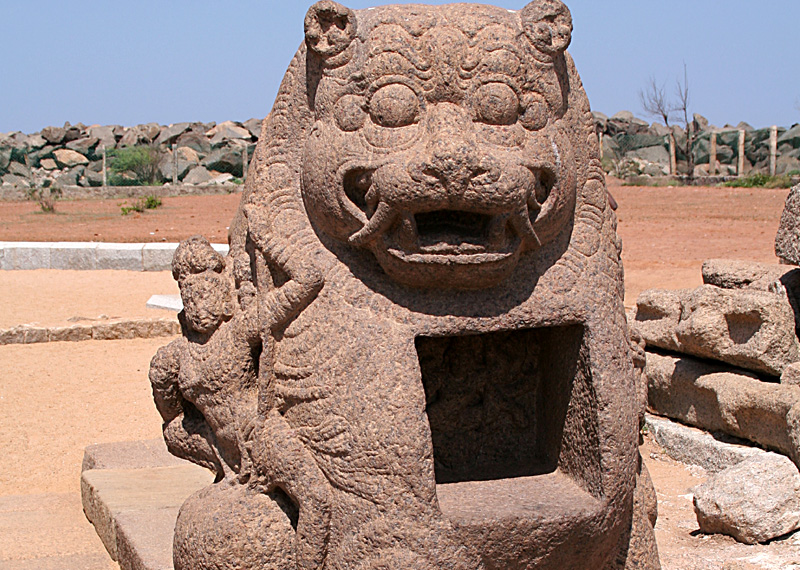
A monolith sculpture (single stone) of a partly carved and partly sculpted lion with a hole in its torso is erected within the compound wall of the temple complex. A miniature image of Durga mata is sculpted on the back of the image, which is a representation of Durga as Mahishasurmardini. The open mouth of the lion is inferred as representation of its role as the favourite mount of Durga. A female guardian with a bow is also carved on the leg of the lion.
AW: Kannamsai


